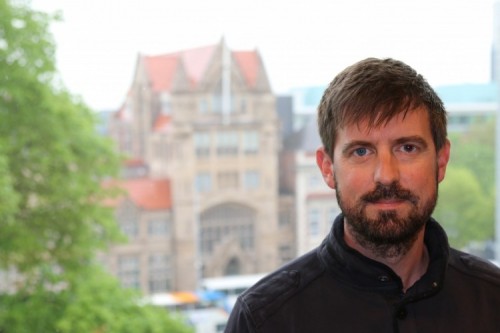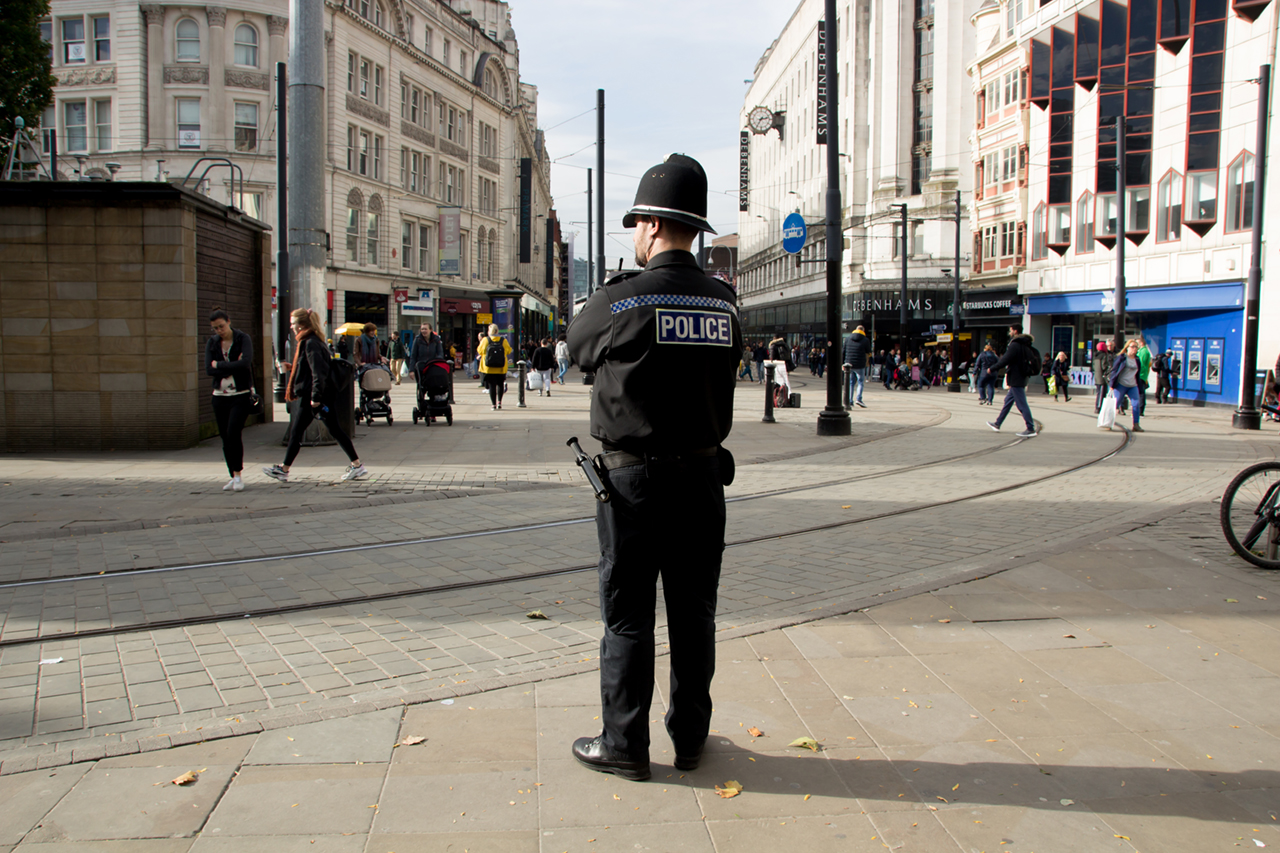Age of no consent
In the wake of Baroness Louise Casey's report finding policing by consent is broken, what can be done to restore trust in forces up and down the country?
Not so long ago, one of the most common gripes people had about the police was that there weren’t enough of them on the streets.
Cut to today and people’s objections go far deeper than the lack of bobbies on the beat, following reports of misogyny, racism, sexism and exploitation of power.
According to a recent poll by the human rights organisation Liberty, three quarters of people (76 per cent) are concerned about sexism and racism in the police and 81 per cent regarding police officers abusing their powers.
It is no wonder vast swathes of the public have grave misgivings. Rarely a day goes by without stories of discrimination, incompetence, maltreatment and violence by police officers, especially towards women and marginalised groups.
The kidnap, rape and murder of Sarah Everard in March 2021 by Wayne Couzens, an off-duty Met police officer, prompted an independent 363-page report into the standards of behaviour and internal culture of London’s Metropolitan Police Service. The damning review, led by Baroness Louise Casey, was published this March.
Not only did it find “institutional racism, misogyny and homophobia” within the Met, but that public trust in the force had been lost and policing by consent was “broken”.
Other high-profile cases have also come to the fore, such as the photos of murdered sisters Bibaa Henry and Nicole Smallman taken and shared by officers, and the conviction of serial rapist and abuser David Carrick, who was convicted earlier this year.
But while the glare of the spotlight has been focused on London, police forces across the UK, including the North of England, have also come under scrutiny, and necessarily so.
In this country we police by consent. If the police no longer have the consent of the population, it raises significant problems.
“You only have to look across the Channel to France to see what happens when the police are more estranged from the general public. There is more regular disorder that is met with greater use of force; police are armed and water cannon and CS gas are commonplace,” says Geoff Pearson, a professor of law at Manchester University.

He is also academic director of the N8 Policing Research Partnership, an academic-police collaboration between eight universities and 12 police forces in the North of England.
Founded a decade ago and described as a knowledge exchange and research partnership, the organisation looks at ways of improving policing, including the evidence base on which policing operates.
“Public perceptions of police legitimacy are at a low ebb, but we need to be careful in addressing what it is we are concerned about,” says Pearson.
“One of the problems we have in terms of understanding policing is that we tend to perceive it as being a sort of monolithic, homogeneous entity in which there is an overarching police culture that essentially guides what police officers do. It is the idea that when a police officer enters a force, they are somehow socialised into becoming homophobic, sexist or racist, and actually that’s not what’s happening.
“There are wide variations between different police stations, between different units, between different groups. I suspect every single force in the country has problematic officers and social groups within it, which is not necessarily reflected in terms of widespread practice at a particular force, but of course, it can be seen that way and that’s the real problem for police forces and individual officers.”
A longstanding concern of how police misuse their powers is in relation to inner-city ethnic minority populations.
“The powers of stop-and-search are disproportionately used against young Black men, so it stands to reason that the legitimacy of the police within those communities has always been problematic, but I think the police have genuinely looked to address and improve this issue. They now measure disproportionality in stop-and-search, for example, and are about to start measuring disproportionality in vehicle stop checks,” says Pearson.
With regard to the North of England, the challenges faced by vast metropolitan forces, such as Greater Manchester Police (GMP), are obviously different to rural areas such as Cumbria or North Yorkshire. GMP emerged from 22 months in special measures last October, put there because it was letting down victims of crime.
“The extent of problems vary between forces, but what has happened in the last few years, in addition to those concerns about racial inequalities and disproportionality, is growing concern about the attitudes of some officers towards other people on the grounds of gender, trans identity and disability,” says Pearson.
This has been exacerbated by the use of social media, particular discriminatory memes and WhatsApp messages.
“We have a wider problem in this country in terms of how we use social media and of course that affects the police as it affects other areas of society. That’s not trying to diminish problems in the police, but they are reflective of a laddish culture that is not just limited to the police,” he says.
“You can’t completely wipe out the presence of officers that share sexist, racist or homophobic material on social media. That will continue as it does in many other areas, but the way in which we can reduce and mitigate these problems is through supervision by immediate superiors and by improving the whistleblowing capability of officers so that they feel empowered to call out fellow officers.”
In her report, Baroness Casey suggested a number of actions moving forward, including changes to vetting standards and the misconduct process, and creating a dedicated women’s protection service.
“We need more connection between communities and police forces.”
Although these recommendations were focused on the Met, they will no doubt be useful to forces up and down the country as they consider the essential changes needed in order to restore faith in the police.
There might not be any quick fixes, but the public wants to at least see significant changes beginning to take shape.
“We need more connection between communities and police forces and require rigorous research into what communities want, where the problems actually are and how those problems can be solved, as well as more investment in neighbourhood policing,” says Pearson.
“I don’t think we’ve reached a tipping point in the UK, but there’s no doubt the reputation of the police nationally has been harmed by the slow drip, drip, drip of stories about police officers who have been charged with offences. That is really problematic for the police and the police have to be seen to be acting upon this because it will have a negative effect on how officers are able to do their job.
“Things are moving in the right direction, but policing is beholden to short-term political pressure and political aims and that’s a real problem. There’s no point in building up our neighbourhood policing operations, for instance, just for a new government to turn around and close them down again. You just go around in circles.”

Leave a reply
Your email address will not be published.